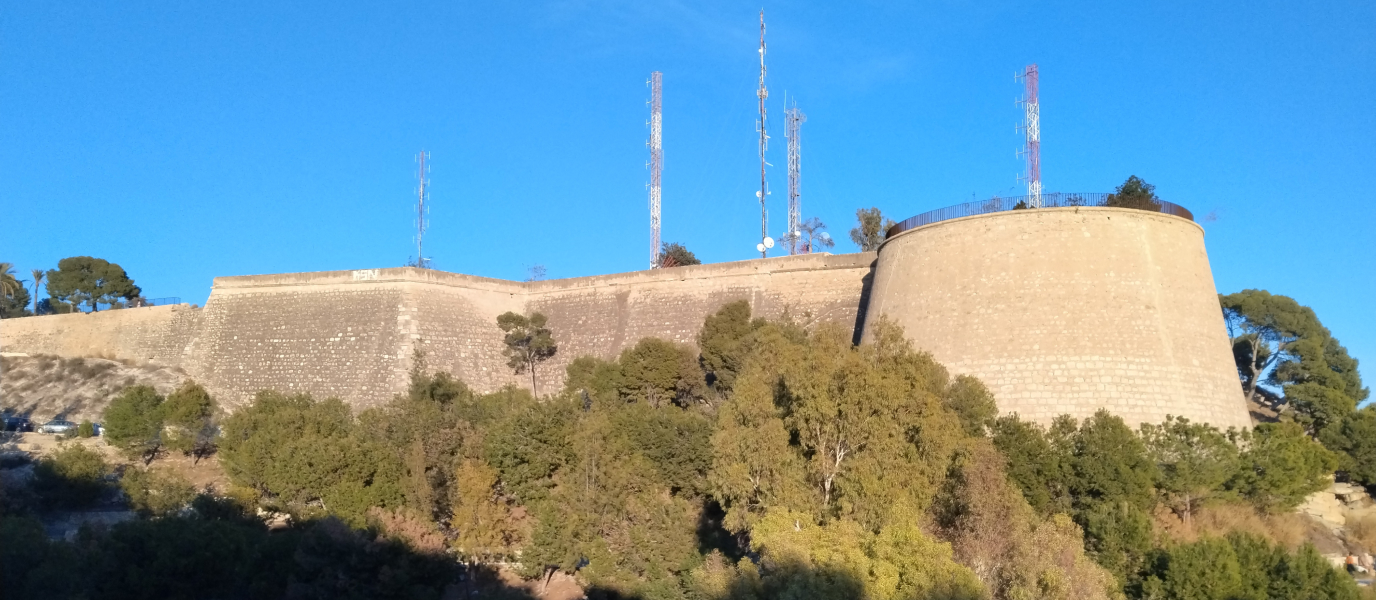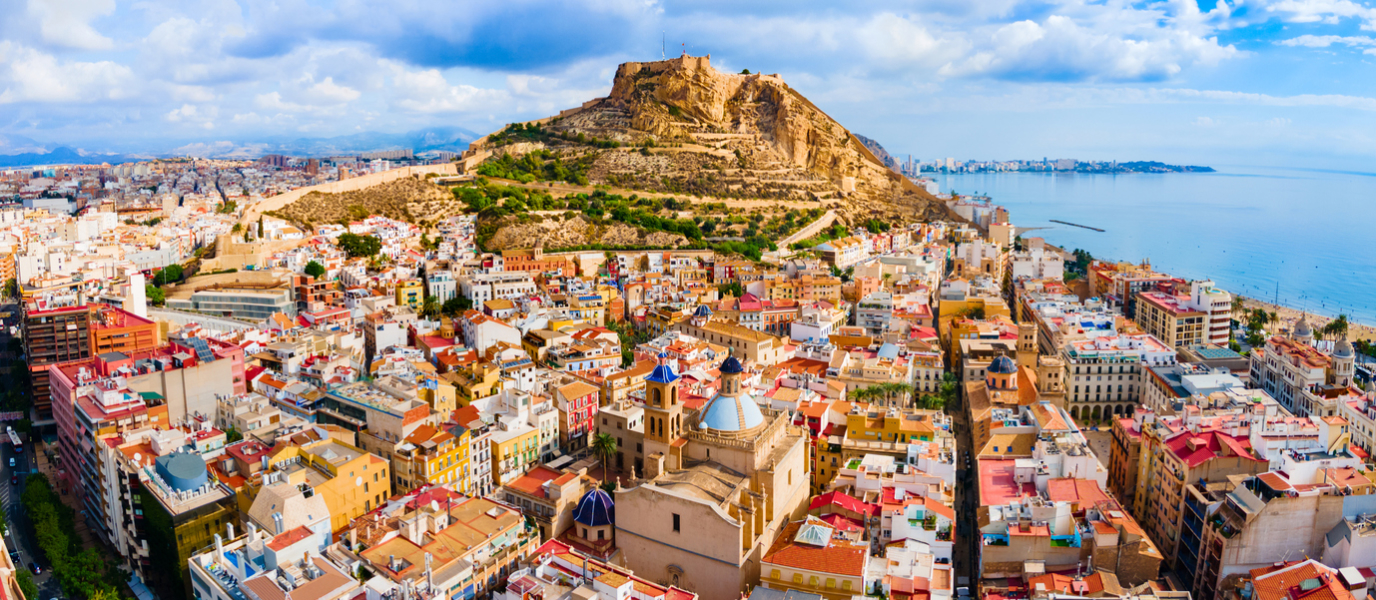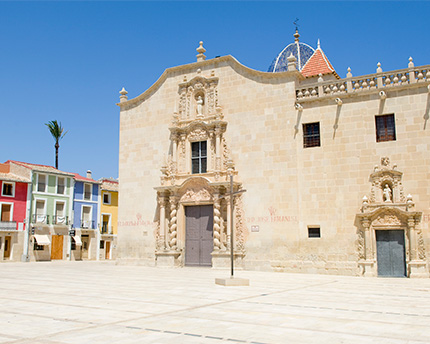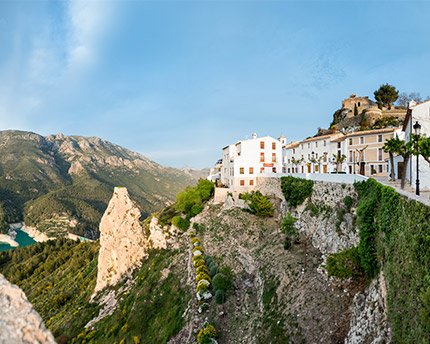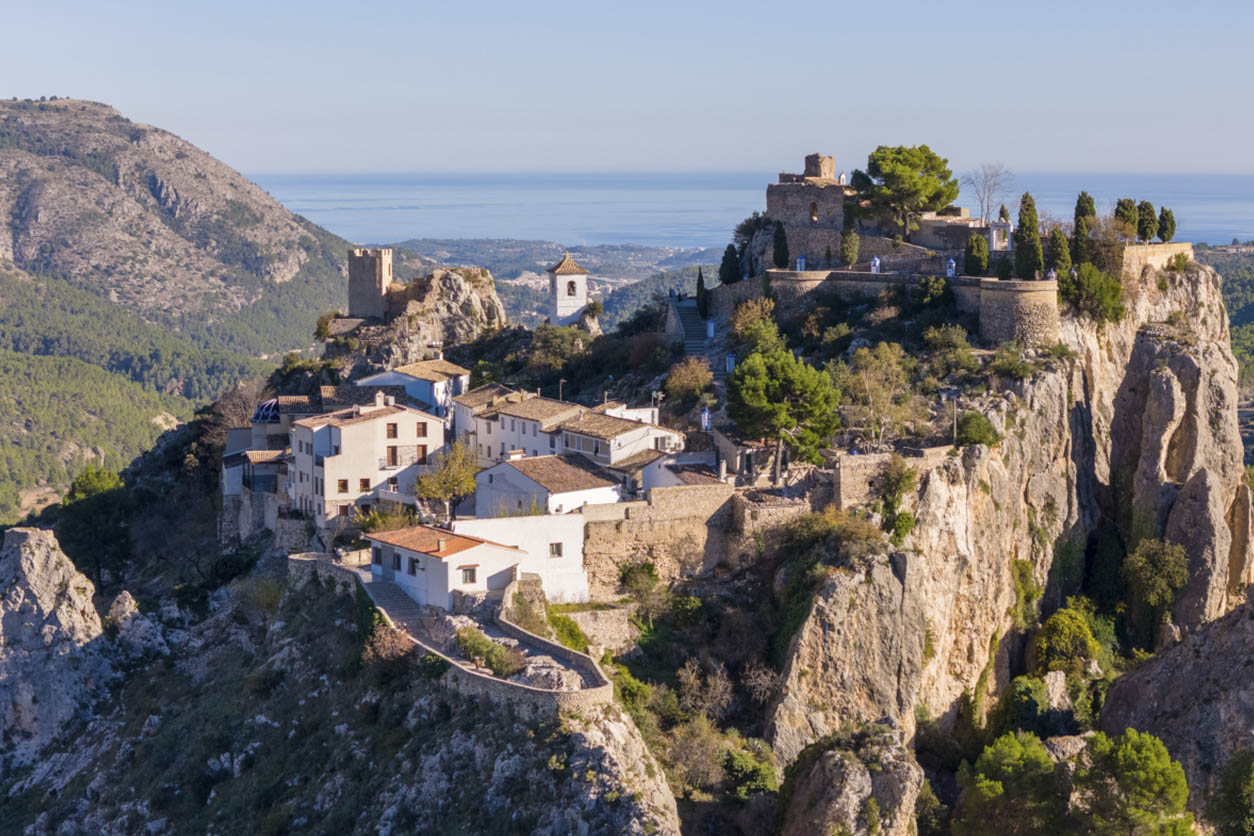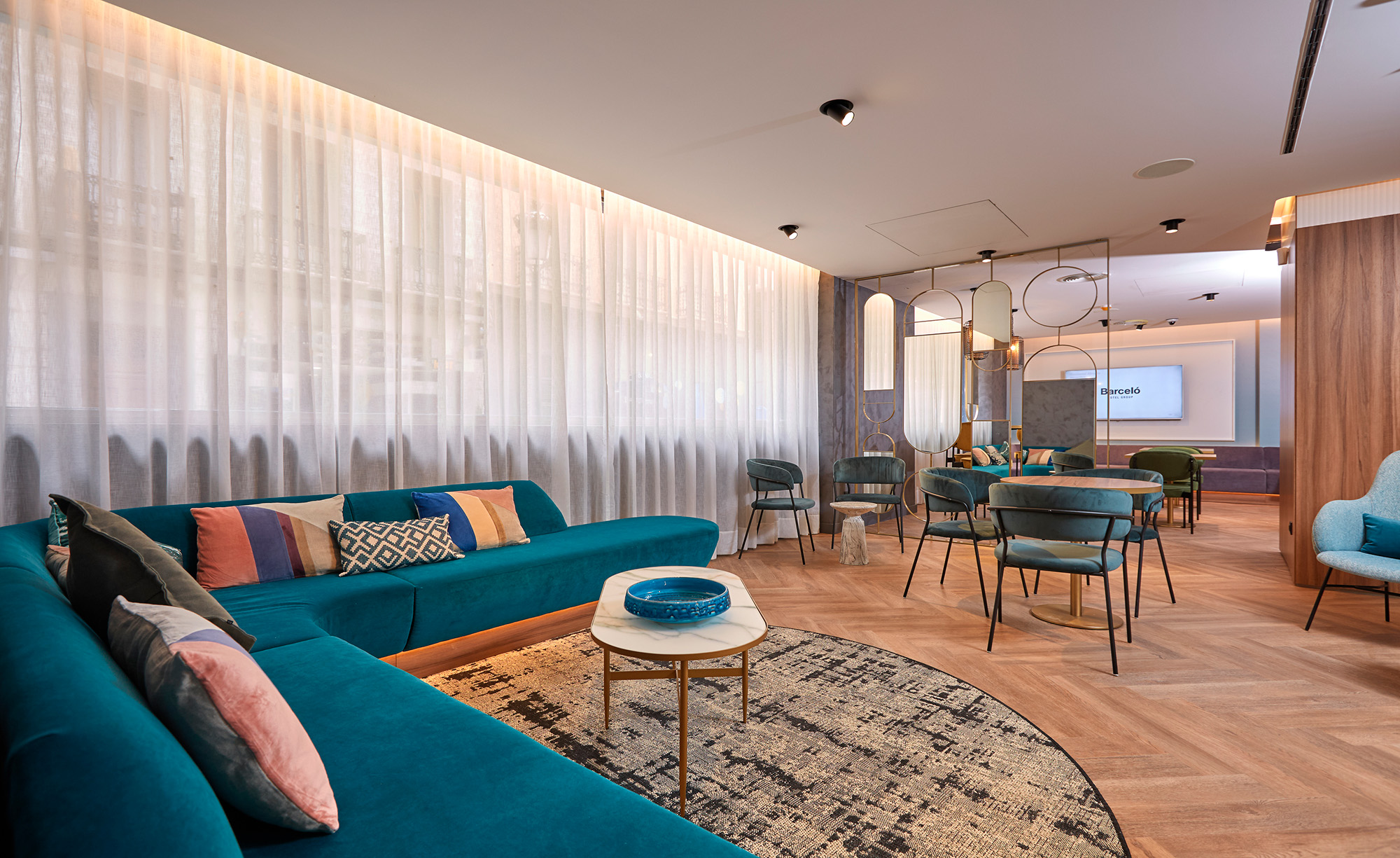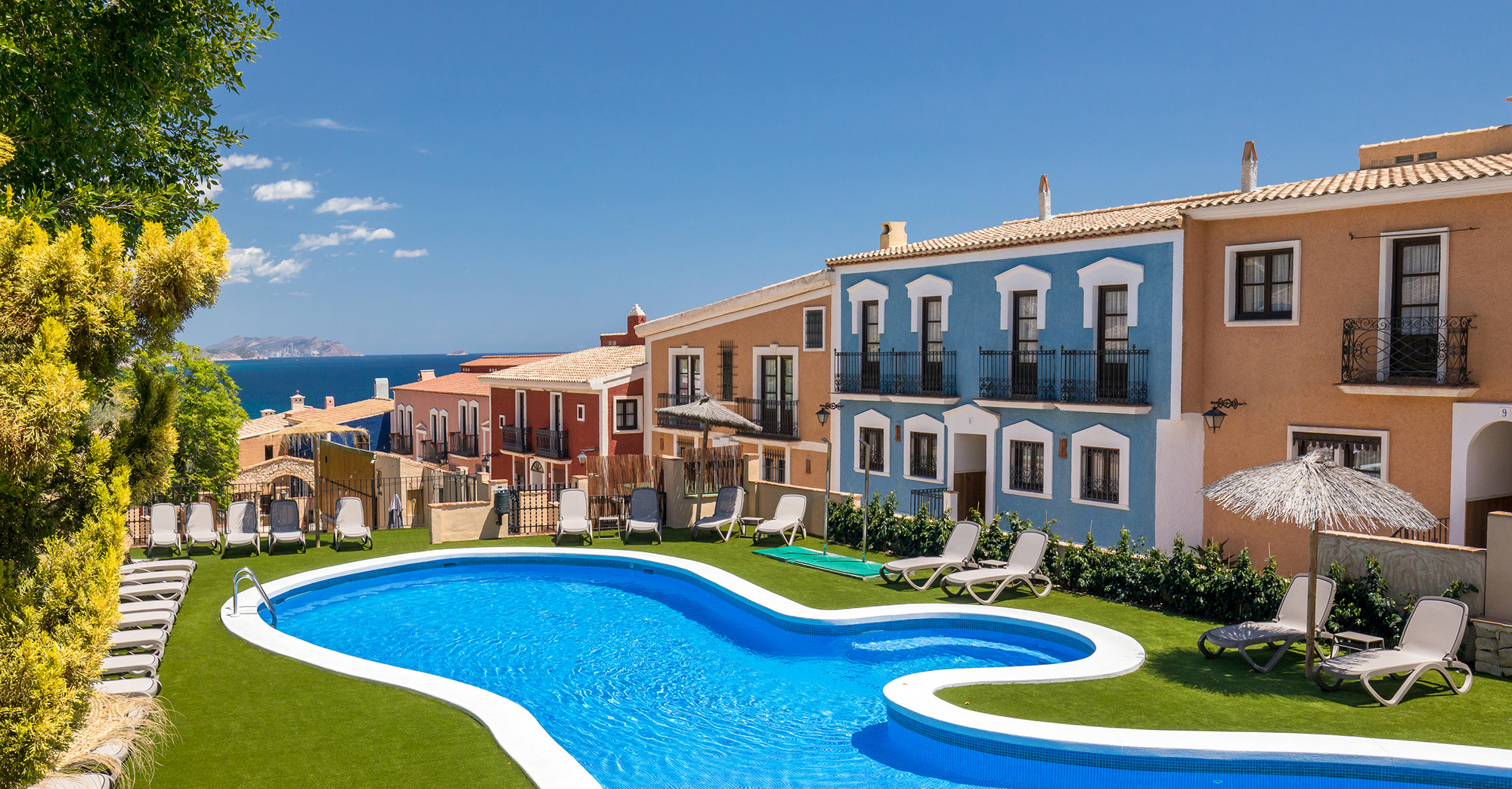San Fernando Castle is, strictly speaking, not actually a castle. Nor did its walls ever bear witness to a single skirmish. It is in actual fact a fortress or a military fortification and its days of battle were numbered, because the French – who the new fortress was supposed to receive – retreated in order to prepare for the war with Russia and never came back, just one day after having arrived at the gates of Alicante.
San Fernando Castle thus remained guarding the western entrance to the city on Mount Tossal. These days you can stroll along the ramparts of its walls amid greenery and palm trees and contemplate Alicante and its surroundings with the Mediterranean in the background. Outside of its walls, gardens and parks help sustain this sense of beauty.
What to do in the surroundings of San Fernando Castle
Mount Tossal, on which San Fernando Castle sits, is also a fantastic recreational space, home to monuments and statues, forest areas, gardens, a music conservatory, sports fields and two parks. One of them, Monte Tossal Park, combines a themed reproduction of the different regions of Valencia, with the option of playing mini-golf, skating or rock climbing, among many other activities.
Nevertheless, it can’t be denied that San Fernando Castle is in need of a bit of a touch up, which is why a refurbishment project was announced some time ago. The aim is to restore the castle and to maximise its structure, which is still highly evocative: just looking at it conjures images of the stronghold in times of crisis. The care that has gone into its surroundings suggests that before long we’ll be able to continue looking out onto the blue waters of the Mediterranean from its renovated walls.
San Fernando Fortification: a hurried construction in Alicante
San Fernando Castle was ordered to be built due to the rapidity of the French invasion. There’s little doubt that said rapidity was welcome, due to the fact that the French troops had been ‘invited’ in 1807 to cross through into the territory. A year later, Ferdinand VII – who the castle is named after – handed the crown to Napoleon, who named his brother Joseph as king.
The following year, in 1809, construction of San Fernando Castle began in haste to impede Napoleon’s conquest. The chosen project was that of the engineer Pedro Ordobas and the whole town of Alicante worked together to pull it off, finally completing it in 1812. When French troops eventually arrived in August 1812, the first cannon shots were heard on the outskirts of the city. However, preparations for the assault didn’t last more than one day, since general Louis-Pierre Montbrun received orders to leave for France to prepare for war with Russia.
And thus San Fernando Castle was never able to show its strength or fight in a battle, which was probably for the best, as not long after the project was finished, numerous cracks and other flaws began to appear all over the castle, further contributing to its notorious reputation, due to the high building costs and the speed at which the project was planned and completed.
San Fernando Castle or Fortification
As previously mentioned, San Fernando Castle is in actual fact more of a fortification. The name castle is usually used to refer to buildings, chiefly from the Middle Ages, that were the place of residence of a family or feudal lord, in addition to being a fortification. Nineteenth-century fortifications, on the other hand, are defensive constructions. With walls that are shorter than that of a castle, but more robust to support the impact of artillery, they were built to benefit the constant fire that guns could open from their walls.
San Fernando Castle was built by harnessing the contours of Mount Tossal, extending from north to south to cover the largest possible shooting area. At the most northerly point, one of the least steep areas, there is a moat in front of the fortification and, ahead of it, a ravelin or polygonal bastion. At the time, it was used as an advanced position from which to expand shooting angles when faced with the enemy. These days you can still see the magnificent arches used to support the bridge that goes over the moat, where a garden has been created.
At the southernmost point of San Fernando Castle is the Torre Redonda (Round Tower) or, as it is more commonly known, the ‘yogurt pot’: a circular bastion guarding the ramp that zigzags up the steep hillside. The ramp climbs its way up the hill until it comes to the eastern gate, that of Los Leones (The Lions), called as such because two stone lions can be seen on its doorjambs guarding the entrance, which back in the day had a drawbridge. If you observe the outline of the castle, two half-sized bastions can also be seen. However not everything was on view on the exterior: inside the castle there were artillery-proof vaulted galleries, cisterns for storing water in case of an attack, and barracks for the soldiers that lived there.
Monte Tossal Park and the castle’s surrounding area
Integrated into the surrounding area of San Fernando Castle is Monte Tossal Park. The origins of the present-day theme park can be traced back to a park built in the nineties, which had to be closed immediately, because it has caused the mount’s earth to shift. These days, Monte Tossal Park, which is also an educational centre, boasts an area representing the geography and structure of the whole region of Valencia. Elsewhere, fun and sports are the order of the day with sports fields, mini-golf, a climbing wall and skateboarding and skating parks at the foot of San Fernando Castle, or Fortification, in Alicante.






































































